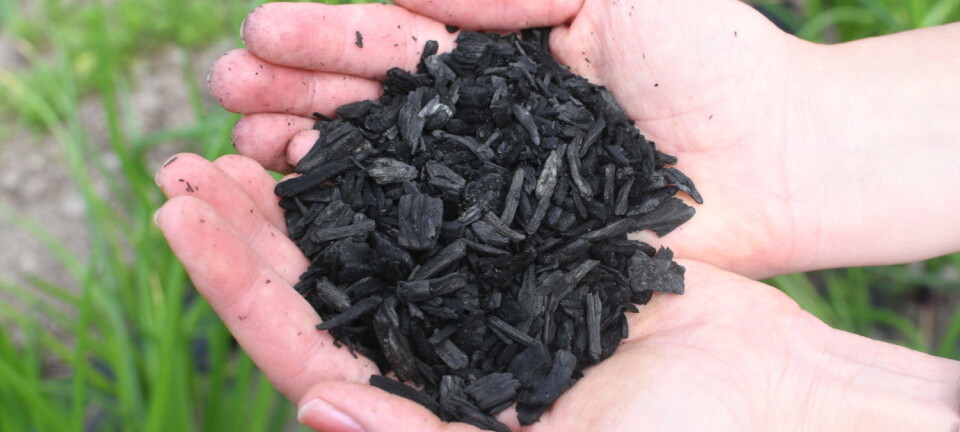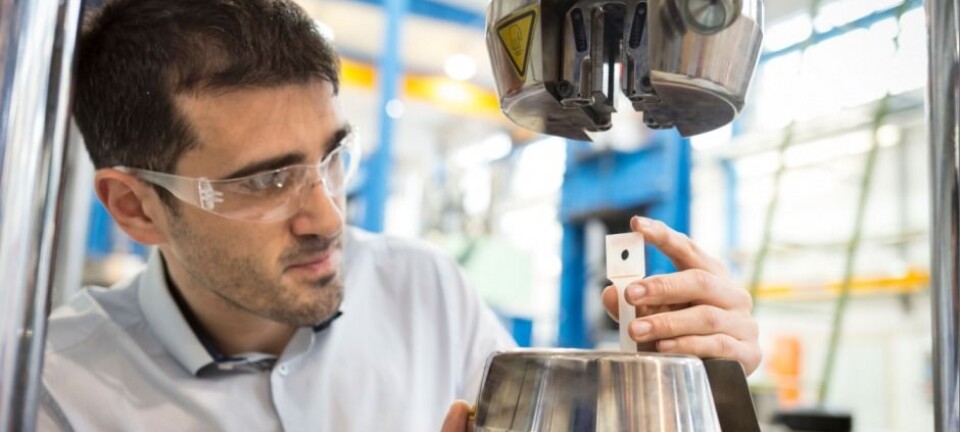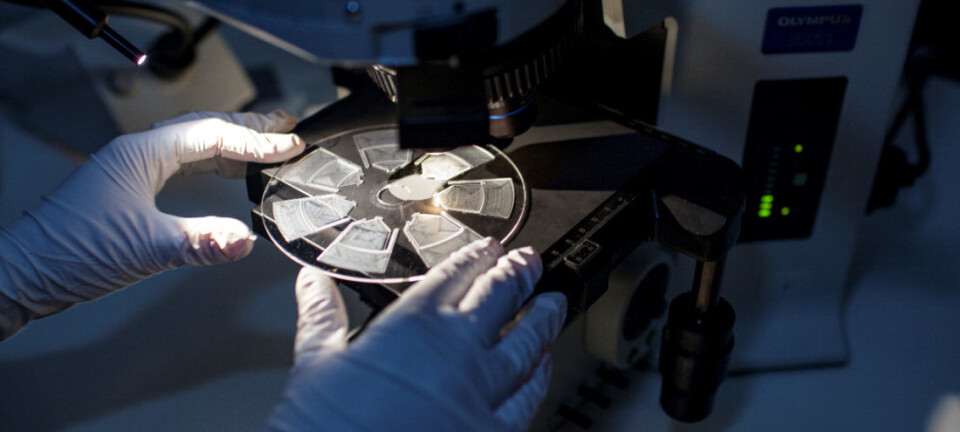This article is produced and financed by SINTEF - read more
This hydrogen lorry is powered by sunshine – from the north
Hauliers Asko in Norway, are among the first in the world to operate a goods vehicle that runs on hydrogen made from solar power – thanks to a collaborative effort by research scientists and other players.
Electricity generated by solar panels installed across nine thousand square metres of roofing at Asko’s regional warehouse is being used to split pure water. The water is thus transformed into emissions-free hydrogen fuel and oxygen.
When renewable energy is the source of fuel production, as in this case, the entire process is eco-friendly. The steam exhaust is so pure that it can be used as drinking water.
This is a fossil-free energy chain – from production to end use. Hydrogen-powered goods and haulage vehicles can help to reduce Norwegian CO2 goods transport emissions by 20 per cent over ten years, according to the research institute SINTEF.
Compared with battery-powered lorries, those that run on hydrogen fuel cells have much greater ranges. The vehicle unveiled at the ceremony in Trondheim, Norway, can travel between 400 and 500 kilometres on a single refuelling. The aim here is not to use hydrogen for all goods transport. Battery power is in fact a more economical solution for light goods transport in urban areas.
Ten years of innovation
Scientists at SINTEF have been working with Asko and hydrogen fuel for almost ten years with the aim of reducing goods vehicle emissions.
Calculations made by SINTEF have shown that provided the authorities put proactive measures in place, Norway can have ten thousand heavy hydrogen-powered vehicles on the roads by 2030.
This February, Asko will be operating four lorries running on hydrogen fuel. This is the result of a long-term collaboration project with vehicle manufacturers Scania. A fully developed fuel cell technology did not exist when Asko launched this project. Nor was there any mass production of such vehicles.
“In order to facilitate widespread heavy goods transport using hydrogen-powered vehicles it is important to fund the installation of hydrogen fuel stations and ensure the continuance of road toll exemptions”, says Project Manager Anders Ødegård at SINTEF Industry.
Goal: zero emissions by 2026
Asko’s aim is to achieve zero emissions from its 600 goods transport vehicles by 2026 – facilitated by battery-generated electricity and hydrogen.
Pilots will be run in 2020 to test the technology, vehicle ranges and load capacities.
In addition to solar, Asko is a major industrial wind power producer. The company operates ten wind turbines and envisages expanding its hydrogen fuel production using some of these turbines in the Agder and Rogaland areas. Asko will then be operating two hydrogen production centres supplying fuel to meet the needs of its vehicles in both south-west and mid- and northern Norway.


































